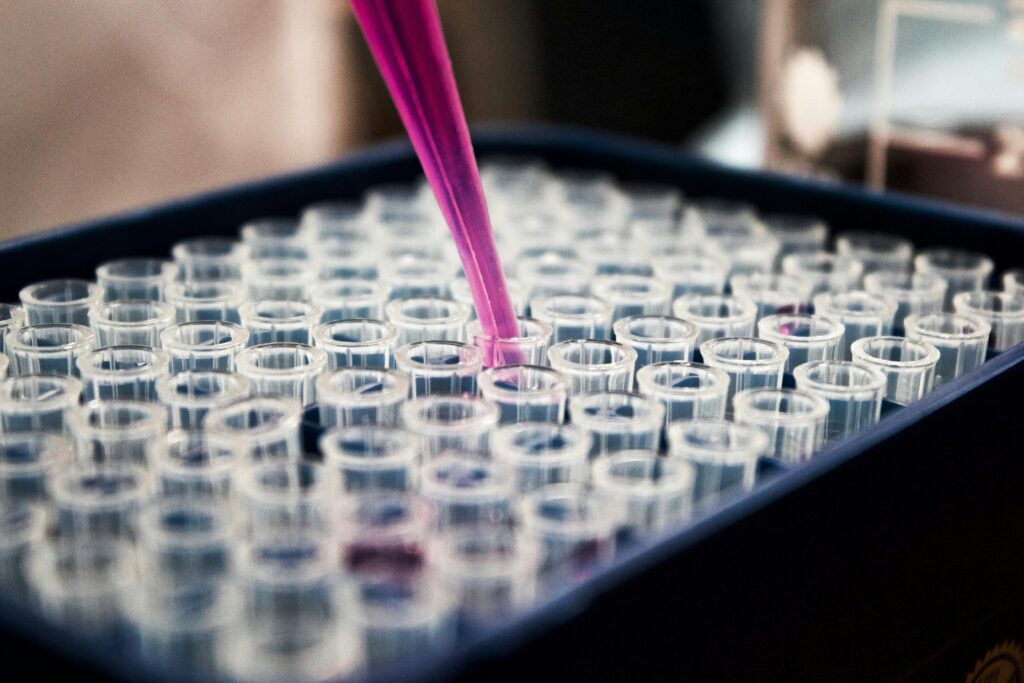Choosing the right laboratory equipment is crucial for ensuring accurate results, efficient workflow, and optimal productivity in a laboratory setting. Here are some steps and considerations to help you choose the right laboratory equipment for your specific needs:
- Assess Your Requirements: Start by clearly defining your laboratory’s requirements. What type of experiments or analyses will you be conducting? What are the specific parameters you need to measure or control? Understanding your requirements is the first step in narrowing down the types of equipment you need.
- Quality and Reliability: Look for reputable brands and suppliers known for manufacturing high-quality and reliable laboratory equipment. Consider factors such as accuracy, precision, durability, and maintenance requirements. Reliable equipment minimizes downtime and ensures consistent performance over time.
- Compatibility: Ensure that the equipment you choose is compatible with existing instruments and software in your laboratory. Compatibility issues can lead to integration problems and inefficiencies in data management.
- Budget Considerations: Set a budget for purchasing laboratory equipment and prioritize based on your needs. While it’s essential to invest in quality equipment, consider cost-effective options that meet your requirements without compromising on performance and reliability.
- Space and Capacity: Evaluate the available space in your laboratory and the capacity requirements of the equipment. Choose equipment that fits within your workspace and can handle the expected workload without overcrowding or underutilization.
- Technical Specifications: Pay attention to the technical specifications of the equipment, such as measurement range, resolution, speed, accuracy, and software capabilities. Match these specifications with your experimental requirements to ensure the equipment meets your needs.
- User-Friendly Interface: Consider the ease of use and user interface of the equipment. Intuitive controls, clear displays, and user-friendly software contribute to efficient operation and minimize training time for laboratory staff.
- Service and Support: Choose equipment from suppliers that offer reliable customer support, warranties, maintenance services, and technical assistance. Prompt service and support can help resolve issues quickly and ensure uninterrupted operation of the equipment.
- Safety Features: Prioritize safety features such as built-in alarms, safety interlocks, protective shields, and compliance with industry standards and regulations. Safety should always be a top priority in laboratory environments.
- Future Expansion: Consider the scalability and upgrade options for the equipment. Choose equipment that allows for future expansion or integration with additional modules or accessories as your laboratory’s needs evolve.
By carefully considering these factors and conducting thorough research, you can choose the right laboratory equipment that aligns with your specific needs, enhances productivity, and ensures reliable results in your laboratory operations.

